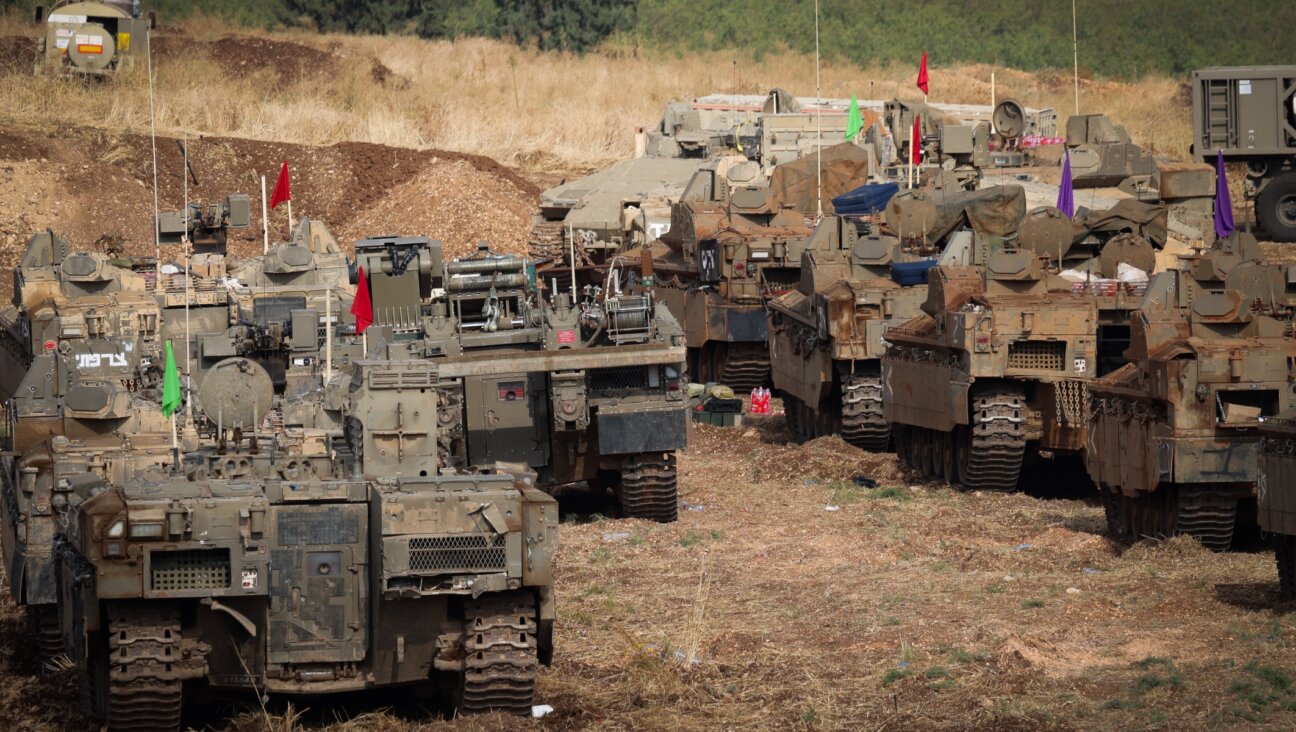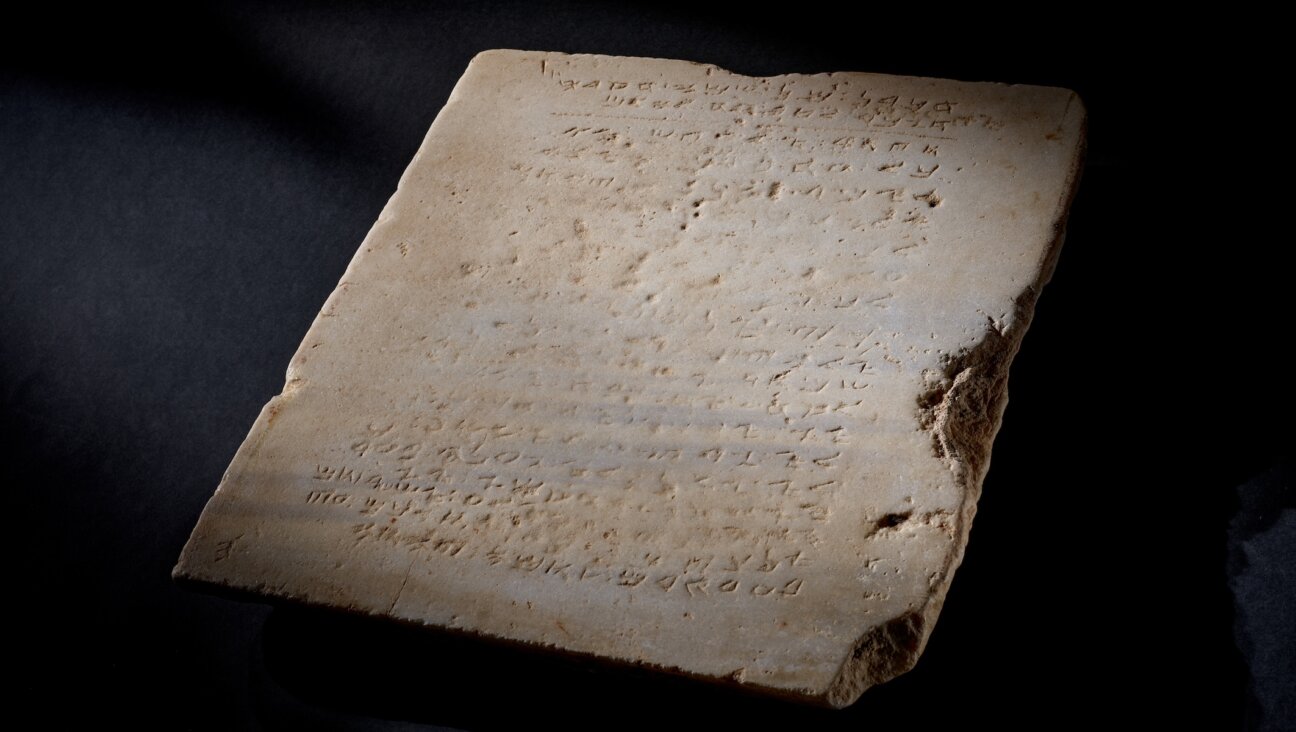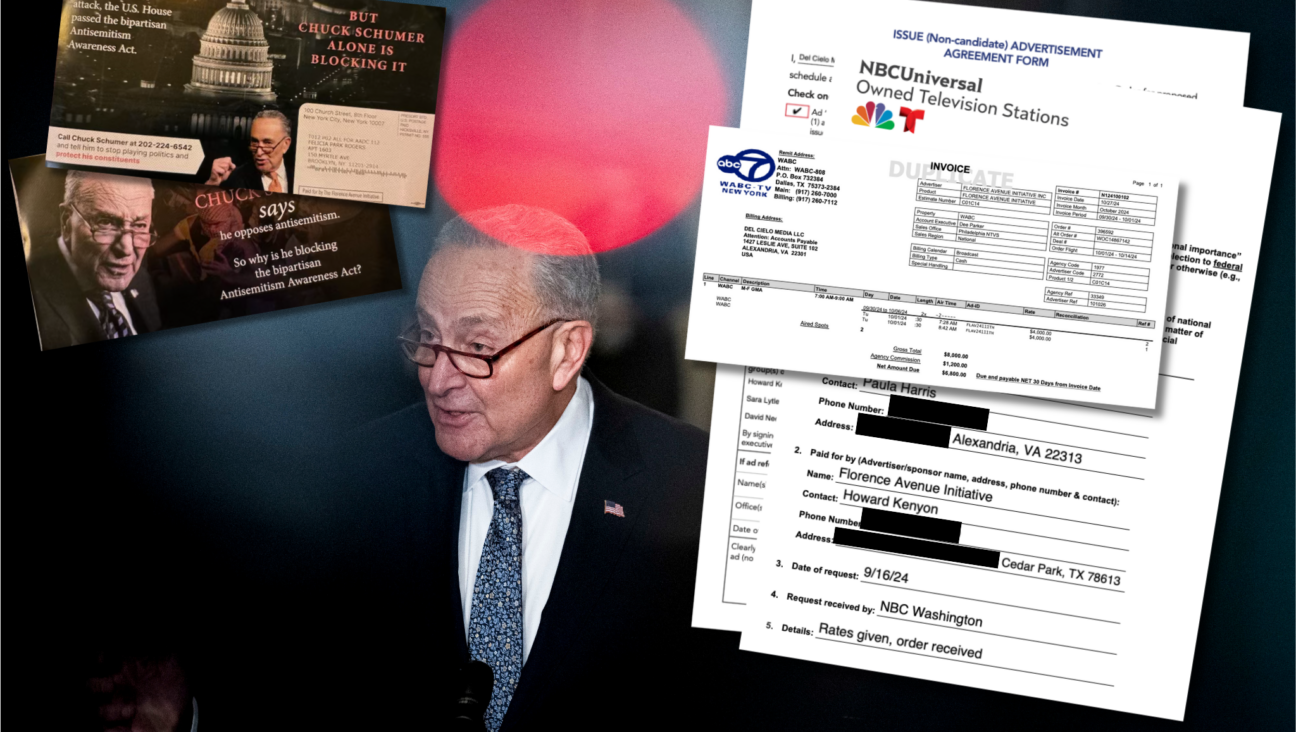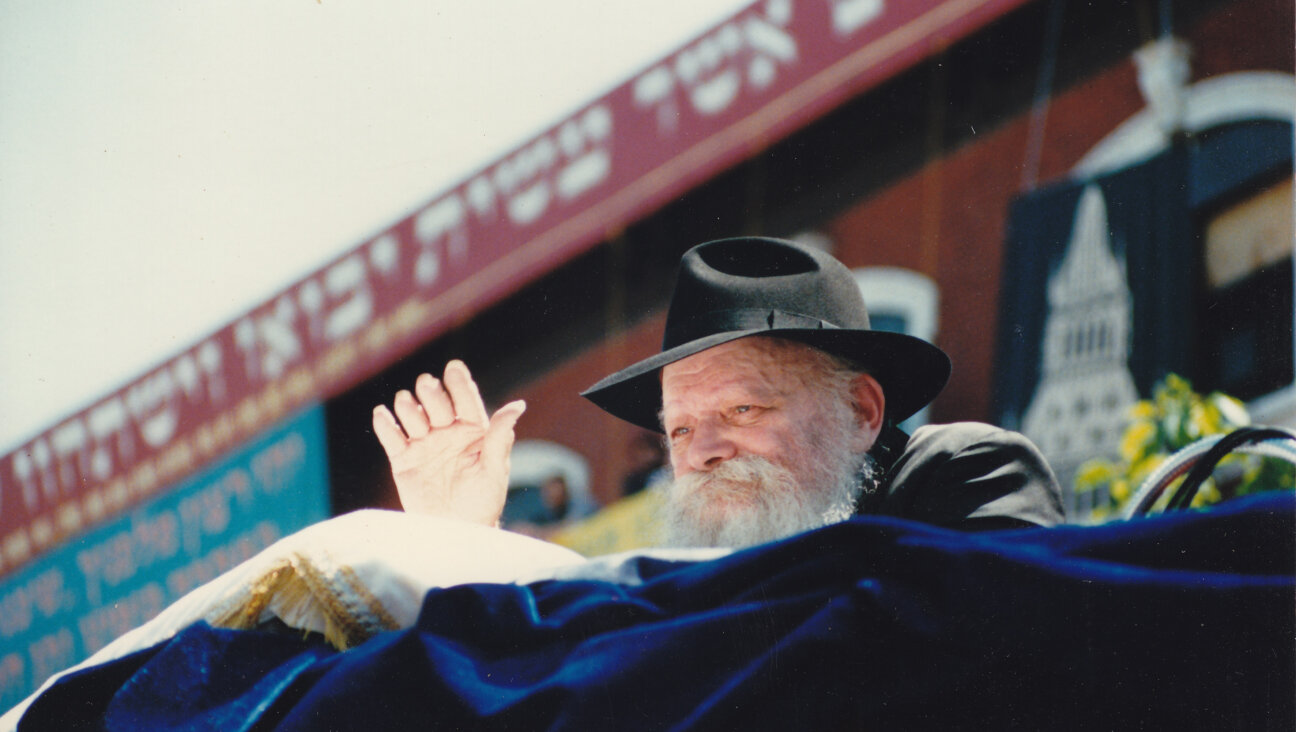Heroes Among Us

Secret Past: Richard Cosby Image by KAREN LEON
Remembering Hannah Senesh at Museum of Jewish Heritage Luncheon
“I felt I was in the presence of someone special,” Auschwitz survivor Susan Beer said of her encounter in 1944 with Hannah Senesh in a Budapest prison when Beer spoke at the 18th annual Spring Women’s Luncheon of the Museum of Jewish Heritage — A Living Memorial to the Holocaust, held June 10 at The Pierre. Interviewed by the museum’s archivist, Bonnie Gurewitsch, Beer recalled that Senesh — “a young British military officer from Palestine who had parachuted into Nazi-occupied Europe on a secret mission to rescue Allied fliers and Jews” — had her front teeth knocked out in a Hungarian prison…. [Senesh] felt she’d be hung…. Yet, she gave us [women prisoners] hope… wished me the best, and hoped we’d meet again.” Senesh was tried for treason in late 1944 and was executed at the age of 23.

Secret Past: Richard Cosby Image by KAREN LEON
Budapest-born Beer (nee Zuzana Eisdorfer), who was raised in Topolcany, Czechoslovakia, enthralled the 300 women, as well as museum director David Marwell and museum chairman Robert Morgenthau, with her own miraculous survival saga that included the January 18, 1945, evacuation from Auschwitz and death march to Ravensbruck concentration camp. “I have no hatred, no grudge,” Beer said, adding, “We should be kind to others.”
Beer’s attention to personal details resonated with the guests — many of them fellow Holocaust survivors. “In our town [Topolcany], there were 13,000 inhabitants — 3,000 of them Jews,” she said. “It was a good life. I had French and German governesses. Father, a doctor, was an Orthodox Jew…. The nonreligious were happy to know that in an emergency they could [always] find him in the synagogue…. In 1940 [my] formal education stopped and we [Jewish children] met in each other’s homes and whoever was skilled in a subject, taught…. The biggest shock was, [they] sealed my father’s office equipment. He was not allowed to practice, could not write prescriptions.” Beer described racing to the pharmacy with prescriptions she had memorized. When the Nazis came to Budapest in April 1944, she got a job as a maid for a German officer. “I wore a [peasant] kerchief, thick stockings and, while ironing, heard [classical] music [on the radio] and started to hum along. ‘How can a maid know this music?!’ the German reacted. He thought I was a spy for the Hungarians!”
Inspired by Senesh, Beer recalled flushing the jewels her mother had given her down the toilet “rather than give it to the [prison] guards.” Her oral memoir included a description of Ravensbruck’s liberation and the devastating effect on prisoners who overate when they got access to the food warehouse. After the war, Beer met her future husband, Adam Beer, at medical school in Bratislava. They married and settled in Cleveland, where they raised two children, David and Ruthann. Beer, who was widowed in 1998, has three grandchildren and now lives in Englewood, N.J.
At the end of the luncheon, which was co-chaired by museum trustee Patti Kenner and museum vice chair Ann Oster — each lunch guest was given a copy of the paperback of “Hannah Senesh: Her Story and Diary, the First Complete Edition,” originally published in 2007 by Jewish Lights Publishing. The book includes a foreword by Marge Piercy; a preface by Senesh’s nephew, Eitan Senesh, and an afterword by [Roberta Grossman**, director of “Blessed Is the Match: The Life and Death of Hannah Senesh,” the film (made in 2008, released in 2009) that chronicles the father-daughter journey that filled the book’s pages. At the back of the book there is a section headed: “Reader’s Guide,” with a series of questions. “Why did Hannah choose martyrdom?” includes commentary from Senator John McCain “who as a young man was imprisoned and tortured as a prisoner of war in Vietnam [and] wrestled with this very question….”
“It seems [Hannah] had a chance to survive,” he wrote in his book ‘’Why Courage Matters: The Way to a Braver Life.” “Neither her mission nor the people she had come to rescue would have been any the worse for it. She was not asked, at least not in advance of requesting clemency, to betray a confidence or inform on her comrades. Did she really need to accept martyrdom for her cause?” McCain contrasts Shenesh’s sacrifice with that of a soldier who spontaneously throws himself on a grenade to save his comrades, or to a religious martyr, who dies for “the sake of something encompassing, but also surpassing human suffering…. She might have chosen to die for the sake of dignity and sense of honor…. She died for her life’s purpose.”
Polish Consulate Reception for Rita Cosby Book About Her Father’s Heroic WWII Past
“It’s not only a book… not only Rita… not only her father,” Poland’s consul general, Ewa Junczyk- Ziomecka, told the July 22 SRO gathering at New York City’s Polish consulate. “What has brought us together is the truth” — that, and a chance to meet and talk with television host and New York Times best-selling author Rita Cosby and her father, Richard Cosby, subject of Rita Cosby’s new book, “Quiet Hero: Secrets From My Father’s Past” (Threshold Editions). Cosby discovered her father’s past when she found a rusty POW tag in an old suitcase: Her father’s real name is Ryszard Kossobudzki. He had organized a successful escape of prisoners from Stalag IV B — one of Germany’s largest. This past prompted her father, who had lived a few blocks from Warsaw’s Jewish Ghetto, to admit that evening that he was “feeling embarrassed to be alive” when, during the 1943 Warsaw Ghetto Uprising, “I saw a woman, her dress on fire, jumping from the balcony.” Cosby, who fought in the 1944 Warsaw Uprising as a teenage “Eaglet,” so completely hid his past, he even forgot most of his Polish — until his daughter made the remarkable discovery that changed both their lives.
Ziomecka elaborated on the history and world, which Richard Cosby tried to forget: “There are several people in this room who also fought during the 63 days of Warsaw’s rising during August 1 to October 2, 1944, with the objective that if they could liberate Warsaw, they could install a Polish government. German troops had systematically destroyed Warsaw block by block, following the 1943 Ghetto Uprising. When Russian troops entered the city in January 1945, 85% of the city was destroyed. Most survivors were sent to German camps, never to return.”
“This is my past,” Richard Cosby said. “The 13-15-year-old Polish resistance ‘Eaglets’ suffered 80% mortality.” He admitted that returning to Warsaw now was, “to quote Churchill, my ‘finest hour.’”
What makes the book a fascinating read is the journey of rediscovery, reconciliation between father and daughter. Silence now given voice. Secrets out in daylight. And in the trailer for the film, what impressed me was the opening voice-over: “Of the 6 million Poles who died at the hands of the Germans, 3 million were Jews.”
A message from our CEO & publisher Rachel Fishman Feddersen

I hope you appreciated this article. Before you go, I’d like to ask you to please support the Forward’s award-winning, nonprofit journalism during this critical time.
We’ve set a goal to raise $260,000 by December 31. That’s an ambitious goal, but one that will give us the resources we need to invest in the high quality news, opinion, analysis and cultural coverage that isn’t available anywhere else.
If you feel inspired to make an impact, now is the time to give something back. Join us as a member at your most generous level.
— Rachel Fishman Feddersen, Publisher and CEO






















